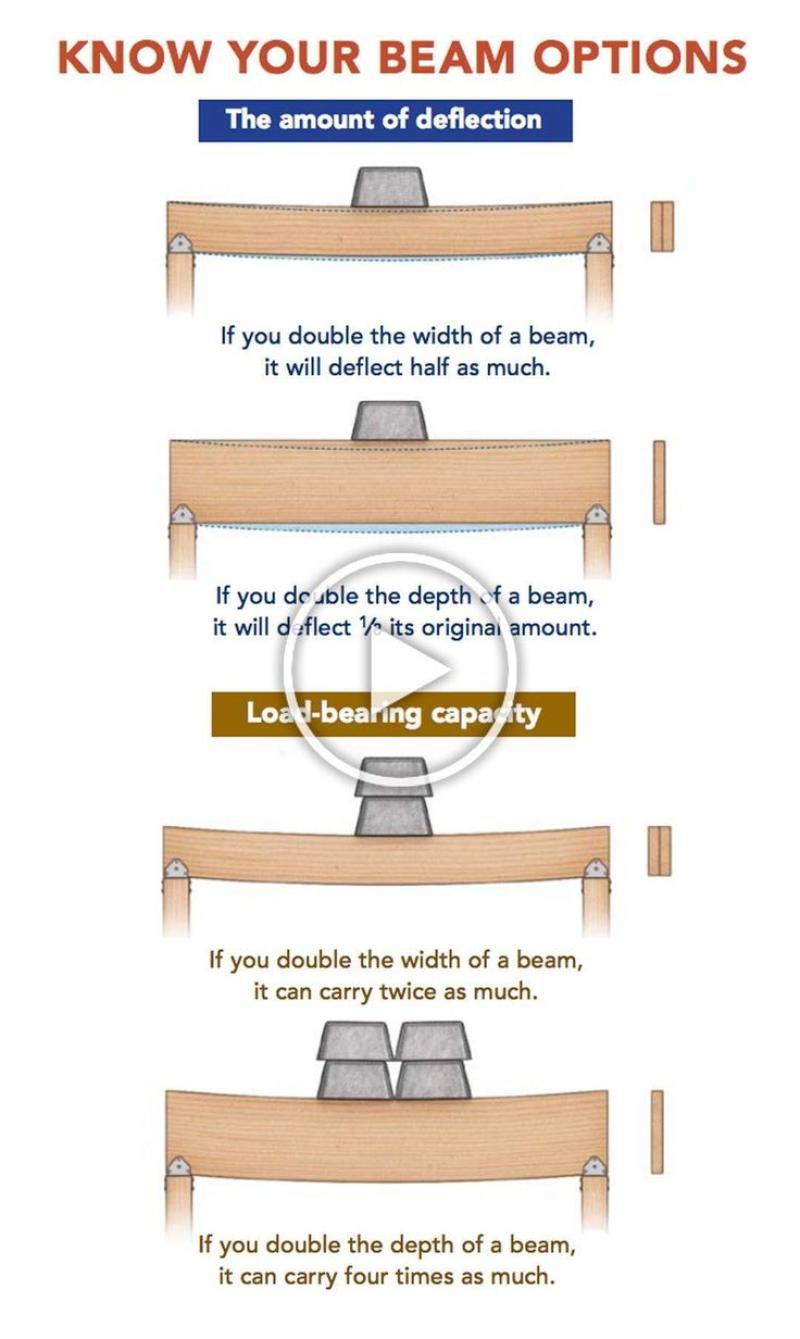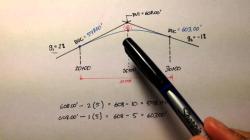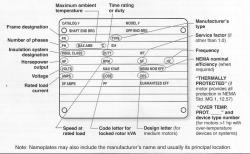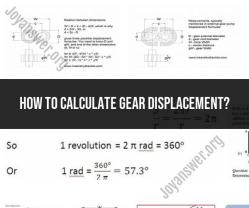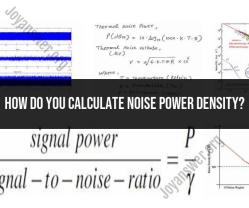How much deflection in a beam is acceptable?
The acceptable amount of beam deflection depends on several factors, including the type of structure, the function of the beam, and the applicable building codes or engineering standards. Deflection is a measure of the deformation or bending of a structural element under load.
In building design, acceptable deflection limits are often specified in codes and standards to ensure the safety and functionality of the structure. Common deflection limits are based on factors such as occupant comfort, structural integrity, and the performance of non-structural elements like windows and partitions. The limits are typically expressed as a fraction of the span length or as an absolute value.
Here are some general guidelines for allowable deflections in building design:
L/360 to L/240:
- L represents the span length of the beam.
- For residential buildings, a common deflection limit is L/360, where the maximum deflection is limited to 1/360th of the span length. This is often used for floors.
- For commercial and office buildings, a more stringent limit like L/240 might be specified.
Occupancy Considerations:
- Some codes may have specific deflection limits for different occupancy types. For example, more stringent limits may be imposed on structures where vibration or deflection may adversely affect the use of the building.
Serviceability:
- Limits are often set based on serviceability criteria, taking into account the appearance and functionality of the structure under normal use.
Code Requirements:
- Building codes and standards (such as those provided by the American Institute of Steel Construction, American Concrete Institute, or local building codes) may specify deflection limits based on the material used (e.g., steel, concrete, wood) and the type of structure (e.g., residential, commercial).
Specialized Structures:
- For certain structures, such as bridges or structures with sensitive equipment, more stringent deflection criteria may be applied.
It's crucial to consult the specific building code or engineering standards applicable to your project and to work with a qualified structural engineer to ensure that the design meets all safety and performance requirements. Deviations from the recommended deflection limits may require a detailed engineering analysis and justification based on the specific needs and conditions of the project.
Structural considerations: How much deflection in a beam is acceptable?
The acceptable deflection in a beam depends on a number of factors, including the type of beam, the material it is made from, the load it is supporting, and the intended use of the structure.
Generally speaking, the maximum allowable deflection is typically limited to a fraction of the beam's length, such as 1/240 or 1/360. This is to ensure that the beam does not sag or deflect to a point where it becomes unsafe or unusable.
However, there are some cases where larger deflections may be acceptable, such as for beams that are supporting non-critical loads or that are designed to be flexible. For example, beams that are used to support bridges or other structures that need to be able to withstand seismic activity may be designed to deflect more than beams that are used to support buildings or other structures that are not subject to such extreme loads.
Exploring the engineering standards and factors influencing acceptable deflection in beams
The engineering standards that govern the allowable deflection in beams vary depending on the jurisdiction in which the structure is being built. However, most standards are based on the following principles:
- The beam must be strong enough to support the load it is designed to carry without failing.
- The beam must be stiff enough to deflect by no more than the allowable amount.
- The beam must be able to maintain its structural integrity over the course of its design life.
The factors that influence the allowable deflection in beams include:
- The type of beam: Simply supported beams (beams that are supported at both ends) can deflect more than beams that are fixed at one or both ends.
- The material the beam is made from: Steel beams are stiffer than wood beams, so they can deflect less.
- The load the beam is supporting: Beams that are supporting heavier loads will deflect more than beams that are supporting lighter loads.
- The intended use of the structure: Beams that are supporting critical structures, such as bridges or hospitals, need to have stricter deflection limits than beams that are supporting non-critical structures.
Tips for engineers and builders on ensuring structural integrity within acceptable deflection limits
There are a number of things that engineers and builders can do to ensure that beams are designed and built to meet acceptable deflection limits:
- Use the appropriate type of beam for the load it will be supporting and the intended use of the structure.
- Select the right material for the beam, taking into account its stiffness and strength properties.
- Design the beam to be the correct size and shape to minimize deflection.
- Use proper construction techniques to ensure that the beam is installed correctly and that all connections are secure.
- Inspect the beam regularly to identify any signs of damage or excessive deflection.
Here are some additional tips for engineers and builders:
- Consider using composite beams, which are made from two or more materials, such as steel and concrete. Composite beams are stiffer than beams made from a single material, so they can deflect less.
- Use prestressed beams, which are beams that have been placed under compression before they are loaded. Prestressed beams are also stiffer than beams that have not been prestressed, so they can deflect less.
- Use stiffeners, such as web stiffeners or flange stiffeners, to increase the stiffness of the beam. Stiffeners are typically made from steel and are welded or bolted to the beam.
- Reduce the span of the beam. The shorter the beam, the less it will deflect.
By following these tips, engineers and builders can help to ensure that beams are designed and built to meet acceptable deflection limits and that structures are safe and reliable.
